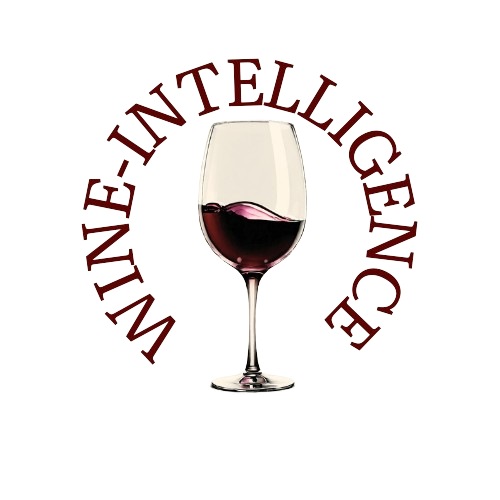The second administration of President Donald Trump has officially implemented new import tariffs that could significantly affect the US beverage alcohol industry.
The situation is complex and fraught with uncertainties, especially with the imposition of tariffs on imports from Canada and Mexico, as well as the potential introduction of tariffs on European Union (EU) imports. These measures threaten several single-origin beverage alcohol categories that rely on legally protected designations of origin and cannot simply be produced domestically.
Key Categories at Risk
According to the International Wine and Spirits Research (IWSR), categories most vulnerable to these tariffs include:
- Agave spirits (Mexico)
- Canadian whisky (Canada)
- Irish whiskey (Ireland)
- Cognac (France/EU)
- Champagne and Prosecco (France and Italy)
- Mexican beer
Meanwhile, the United Kingdom is attempting to negotiate a separate trade deal with the US to avoid tariffs affecting Scotch whisky.
The New Tariff Structure
As of March 4th, the following tariffs have taken effect:
- 25% tariffs on imports from Canada and Mexico
- 10% additional tariffs on imports from China
- Proposed 25% tariffs on imports from the EU (implementation date remains uncertain)
These tariffs are prompting retaliatory measures from affected countries, including new tariffs on US exports. However, the full extent of these countermeasures is still developing.
Impact on Spirits
The spirits industry faces some of the most severe repercussions, with Tequila, Canadian whisky, Scotch whisky, and Cognac particularly exposed. Together, these categories made up approximately 70% of all spirits imports by value into the US in 2023.
Tequila and Agave Spirits: The US accounts for 69% of Mexico’s agave spirit exports. This sector is also highly concentrated in the premium and super-premium price tiers, which are most affected by ad valorem tariffs. IWSR data suggests that consumer interest in high-end Tequila had already started to cool in late 2024, and these new tariffs could accelerate that trend.
Canadian Whisky: Though the US is the primary market for Canadian whisky, its strong presence in lower price tiers provides some insulation against tariffs. Additionally, competition from US-made whiskies and other non-tariffed imports may further challenge the category.
Scotch and Irish Whiskies: Both categories rely on premium pricing, which has already been under pressure due to inflation. Scotch whisky, however, has a temporary reprieve, as tariffs are not expected to be reinstated until 2026.
Domestic Spirits: US-produced whiskey, vodka, and rum could see increased domestic consumption as imported competitors become more expensive. Lower-priced spirits, which are often domestically made, are also expected to benefit from their price advantage.
Wine: Champagne and Prosecco Under Threat
The US imports a significant volume of still and sparkling wine, primarily from Italy, France, and New Zealand. Prosecco and Champagne dominate sparkling wine imports and are at risk if EU tariffs are implemented. If these tariffs materialize, US consumers could see significant price hikes on these wines.
On the other hand, US domestic wine—already primarily consumed within the country—stands to gain. Non-EU exporters like Australia, Chile, New Zealand, and Argentina may also benefit if they continue to avoid US tariffs.
Beer and Ready-to-Drink (RTD) Beverages
Unlike spirits and wine, the US beer market is largely domestic, making it less vulnerable to tariffs. The main exception is Mexican beer, which could face significant price increases.
RTD beverages, primarily produced in the US, will remain unaffected and could even benefit from rising prices on imported spirits. If spirit-based RTDs remain competitively priced, they may attract consumers looking for alternatives to higher-priced spirits.
Economic and Industry Implications
While imported categories face significant challenges, US-produced beverages are positioned to gain market share. However, retaliatory tariffs on US exports could dampen these potential benefits. Furthermore, tariff-free inventories already in the supply chain could delay the full impact of price increases.
IWSR emphasizes that the overall effect of tariffs on the total beverage alcohol (TBA) market in the US is likely negative, though the extent remains uncertain. The company offers tools such as the US Navigator, Bevtrac consumer tracking studies, and five-year forecasting models to help industry stakeholders navigate the changing landscape.
As tariff negotiations evolve, the beverage alcohol industry must stay agile, leveraging data-driven insights to mitigate risks and adapt to shifting market dynamics.
Source: IWSR

